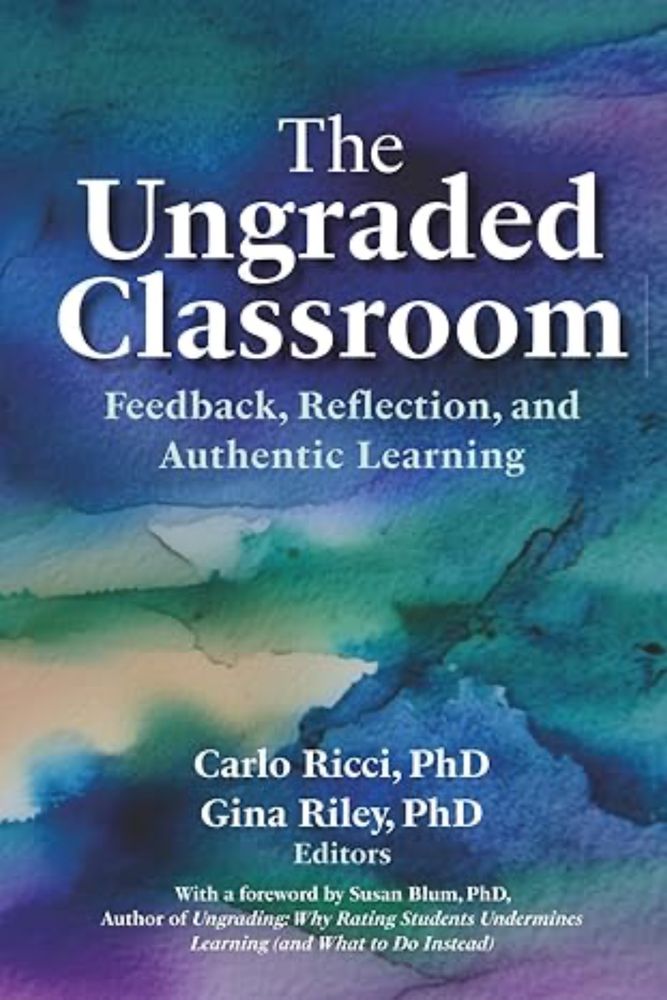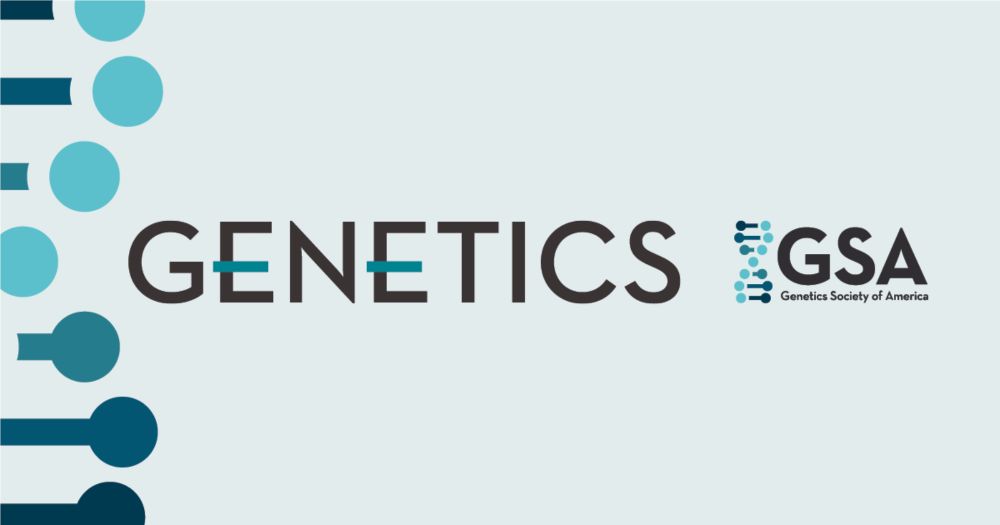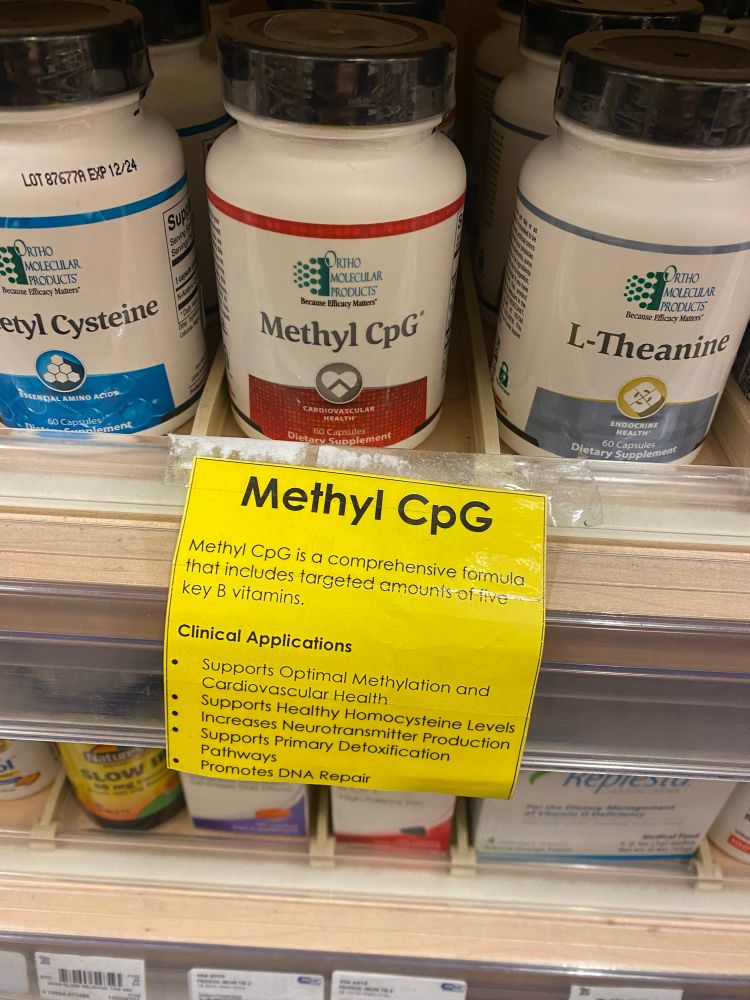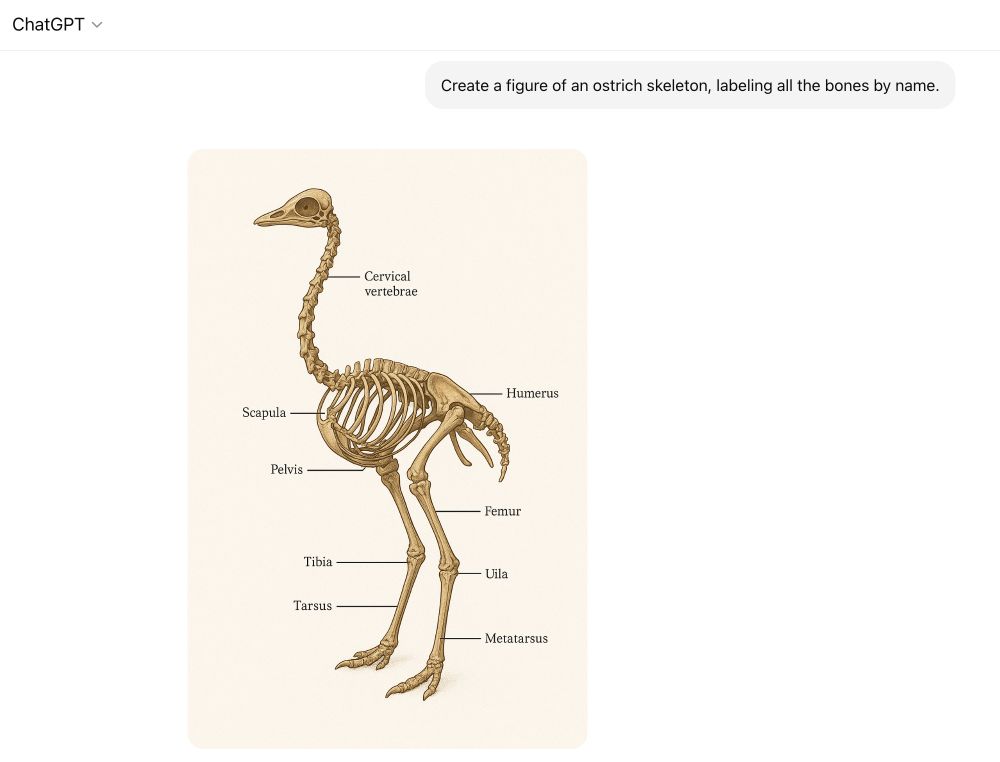Tim Frasier
@tfrasierdna.bsky.social
56 followers
59 following
15 posts
Population genetics, conservation genetics, whales, teaching, cycling
frasierlab.ca
Posts
Media
Videos
Starter Packs
Reposted by Tim Frasier
Reposted by Tim Frasier
Reposted by Tim Frasier
Yun S. Song
@yun-s-song.bsky.social
· Sep 11

Robust and accurate Bayesian inference of genome-wide genealogies for hundreds of genomes - Nature Genetics
SINGER is a method for creating ancestral recombination graphs to understand the genealogical history of genomes. The method has increased speed, and thus scalability, without sacrificing accuracy.
doi.org
Reposted by Tim Frasier
Dr Susan D Blum
@susandblum.bsky.social
· Sep 11

The Ungraded Classroom: Feedback, Reflection, and Authentic Learning
The Ungraded Classroom: Feedback, Reflection, and Authentic Learning [Ricci PhD, Carlo, Riley PhD, Gina] on Amazon.com. *FREE* shipping on qualifying offers. The Ungraded Classroom: Feedback, Reflection, and Authentic Learning
www.amazon.com
Reposted by Tim Frasier
Reposted by Tim Frasier
Reposted by Tim Frasier
Mark
@ferl67.bsky.social
· Aug 29

The Handmaid's Tale among more than 200 books to be pulled at Edmonton public schools | CBC News
A list confirmed by CBC News shows titles like The Handmaid's Tale and Brave New World are among books to be pulled. The development comes after a policy from Alberta's education minister outlines new...
www.cbc.ca
Reposted by Tim Frasier
Reposted by Tim Frasier
Reposted by Tim Frasier
Reposted by Tim Frasier
Reposted by Tim Frasier
Reposted by Tim Frasier
Olivier Gimenez 🦦
@oaggimenez.bsky.social
· Aug 20

The Case for Sabbaticals — and How to Take a Successful One
A sabbatical — defined here as an intentional extended leave from your job-related work — may seem out of reach for many workers. But if you can swing it, the potential payoff is enormous. In fact, ta...
hbr.org
Reposted by Tim Frasier
Reposted by Tim Frasier
Reposted by Tim Frasier
























